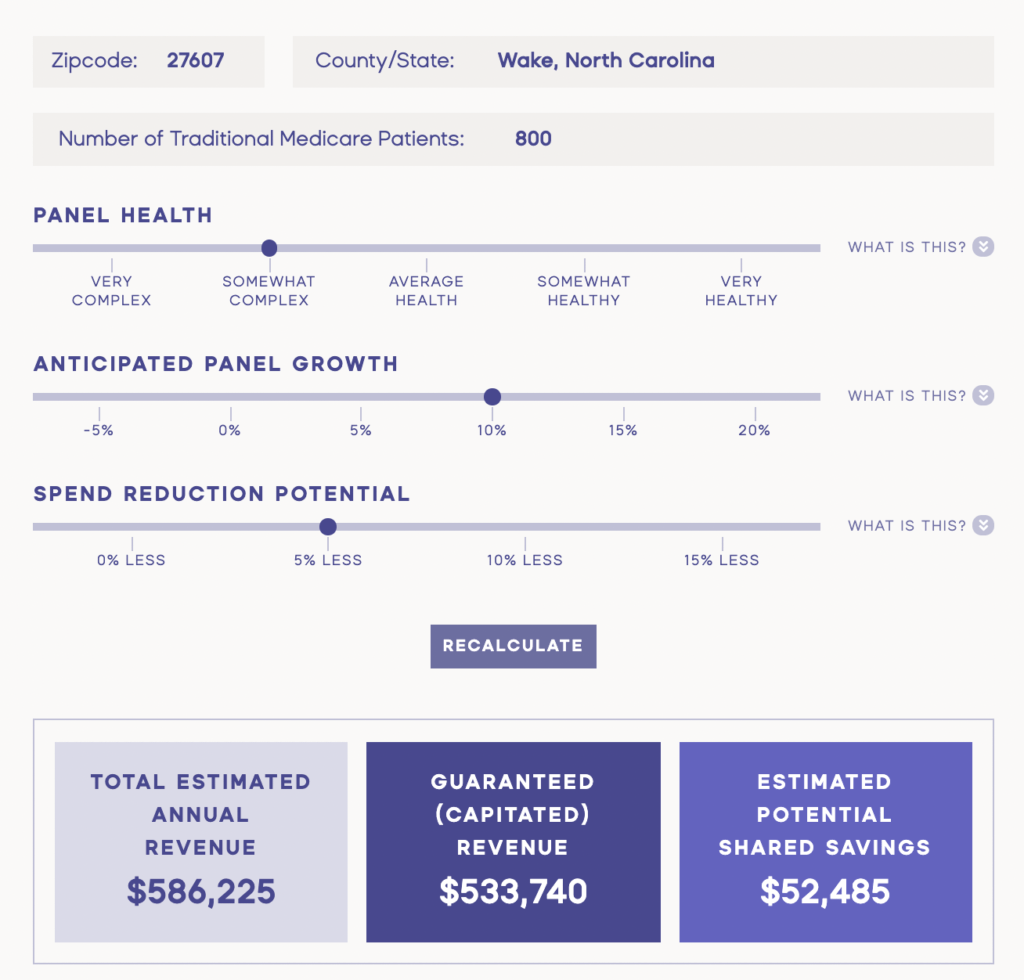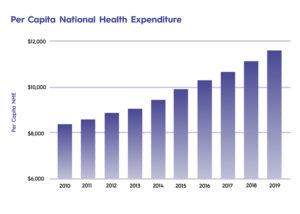We’re announcing our Series A fundraise led by Vineeta Agarwala at Andreessen Horowitz with follow-on funding from AlleyCorp and Kevin Ryan.
Many startup announcements and mission statements I read gravitate toward personal stories and motivations. We at Pearl all have our own personal stories that brought us to healthcare, but that isn’t the story I want to share at this moment. Ours is one focused on healthcare sustainability and effectiveness, motivated by a desire to help our country be competitive and humane.
When I first began my journey in healthcare, I naively visualized an intelligent system, highly connected and aligned, working to make the experience for its users better and using each interaction to improve its own sophistication at increasing efficiency. After helping build networks across the country at Oscar Health, I was disappointed to learn our system was largely designed to funnel people into hospital beds and high cost services, making revenue aligned to sickness, not avoiding or mitigating illness.
And the outcomes reflect these misaligned incentives: our country spends more than any other major nation on healthcare and gets the worst returns for it. By any measure, we can do better, but after more than a decade of value-based care efforts, our performance has not improved, and more than 70% of physician revenue still comes from fee-for-service sources, the primary driver of these misaligned incentives.
The Pearl Health Thesis
In 2020, I was fortunate to meet Ankit Patel and Jeff De Flavio, who were working to give wings to a company that would support physicians in managing healthcare risk in Medicare’s Direct Contracting model, with technology lighting the way. We all knew that physicians had been far too insulated from risk and believed that economic alignment with patient outcomes will both catalyze innovation and ensure attentive patient management: liberating physicians to practice medicine as they see fit and putting them at the center of value-based care, rather than relegating them to aggregated widgets in administratively-driven ACOs. We formed Pearl Health around this idea.
At Pearl, we are focused on each individual physician and how we can empower them to care for their patients more directly and efficiently. We are starting in Medicare, generating a simple per-member-per-month payment structure for each of our Partner Doctors to free them to prioritize prevention, and focus on the patients that need care at each moment in time. This structure also re-orients our physician partners around a win-win-win opportunity for patients, physicians, and our healthcare system: they receive savings proportional to their individual performance, if they can improve health outcomes and efficiently manage a global budget for the care of their patients. To enable our physician partners to succeed, we’re building an inter-operable layer of technology that connects physicians to their patients directly, asynchronously, and outside of EMRs, to help them avoid the waste and unnecessary hurdles scattered throughout their current workflows, while simultaneously giving them access to the first dollar in healthcare.

If we can help arrest the unending growth in healthcare costs while making it more available and human to our seniors, we will create a major positive impact for our fellow citizens and our country.
Physician Empowerment, Not Risk Mitigation
“The next era of healthcare will be defined by the trend of physician enablement,” Joshua Raskin and Nephron Research argue in their January 2021 report, The Dawn of Physician Enablement: Defining Healthcare in the 2020’s. “Companies empowering physician enablement present an opportunity in healthcare services not seen in decades. We see the management of health, with the physician at the center, as leading to the holy grail of healthcare: better outcomes, lower costs and higher patient and provider satisfaction.”
While we hope this thesis will sound exciting to many, we are also aware that healthcare veterans will rightly ask us, “What’s different this time?” Speak to any physician who has participated in value-based arrangements or used the tools on the market and ask them how different their practices are today compared to the vanilla fee-for-service world of yesteryear. They’ll tell you it’s pretty much the same.
At Pearl, we believe that’s because existing value-based care technologies have been designed to insulate practitioners from risk, not engage them in value. They are focused on fee-for-service schemes to maximize margins, thereby missing the forest for the trees. Incumbents build a thin layer of technology services for physicians designed to minimize the administrative components, such as risk-coding, claims submission, quality measurement reporting, revenue cycle and pre-authorization management. These companies then capture most of the physician-driven value for themselves, putting a fresh interface on workflows, but doing little to address the underlying dynamic that has relegated physicians to serve as cogs in a machine.
But we are on the precipice of a foundational shift. This new world will unlock a more open and aligned delivery system, effectively enabling a marketplace for the best physicians to manage care holistically, by empowering and incentivizing them to make the best decisions for their panel and fully aligning Pearl with their success. This marketplace will coalesce around two nexus points:
- To date, there has not been a transparent and efficient way for physicians and payors to evaluate the opportunities presented by engaging in risk-based contracts. By surfacing physician performance and demonstrating effective management in the Pearl model, we can facilitate this marketplace with forward-thinking payors.
- A variety of excellent specialty services and products focused on managing specific cohorts of patients have cropped up over the past several years, but value-based care programs conceptualize risk at an aggregate (e.g. ACO or health system) level, preventing the efficient allocation of risk to those best-suited to manage it. By assisting individual providers in claiming the risk represented by their patient panel, and allowing them to partner with these services where appropriate and helpful (and discharge portions of their panel risk to the appropriate partner), we can unlock the power of these excellent solutions while helping physicians manage their panel in the way that is best for them.
Democratizing access to risk in this way will not only lead to better outcomes and costs, but will allow more clinical innovation if paired with the right tools. To that point, Pearl’s technology will enable doctors to:
- Access risk based arrangements that are customized to the unique care models best suited for their practices and their patients.
- Engage with a platform that is modular – providing the right clinical data and workflow support unique to a given physician’s circumstances and needs.
- Obtain financial stability and independence through a primary care focus, allowing for care model innovations.
This will be accelerated by the movement to value-based care, the increasing adoption and success of direct primary care, and the proliferation of technology to enable convenient digital interaction between doctor and patient.
Take the Challenge
If you’re someone who likes hard problems that have tremendous potential impact, or you like to build beautiful things that make people’s lives better, we’re interested in meeting you. We’re a team of independent thinkers, focused on attacking a big problem, and driving innovation in a critical space. We love to meet talented people who can help this future take flight or physicians who want to help us shape the future of work in primary care.






